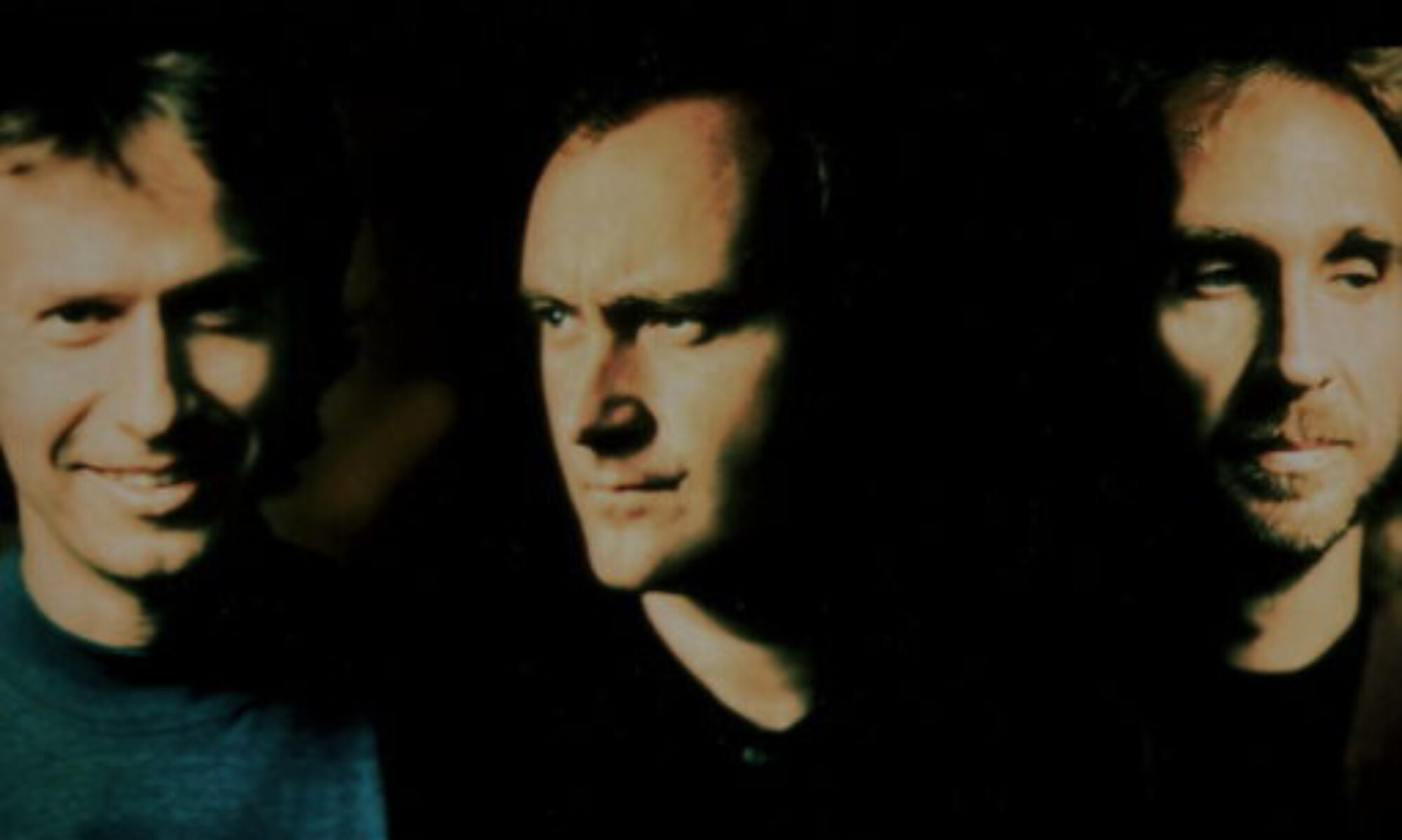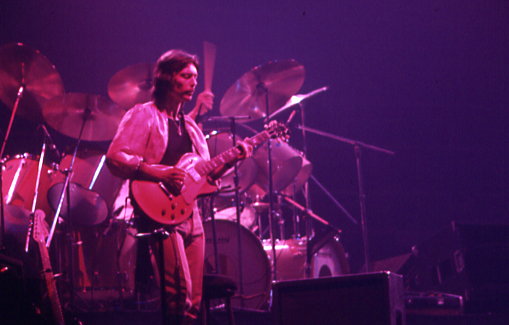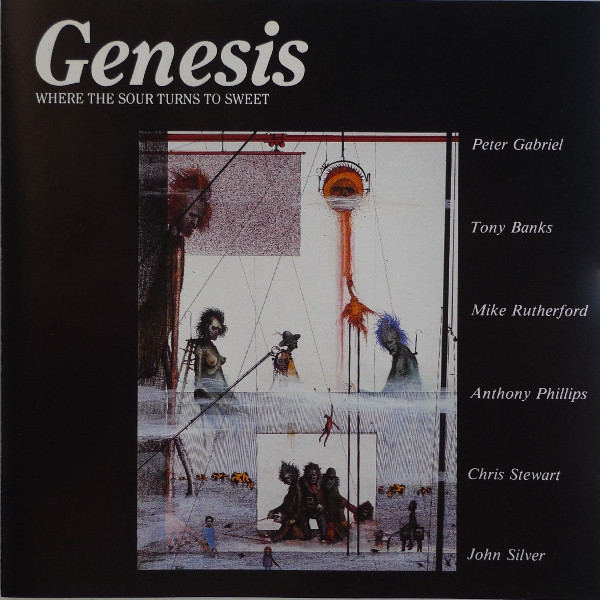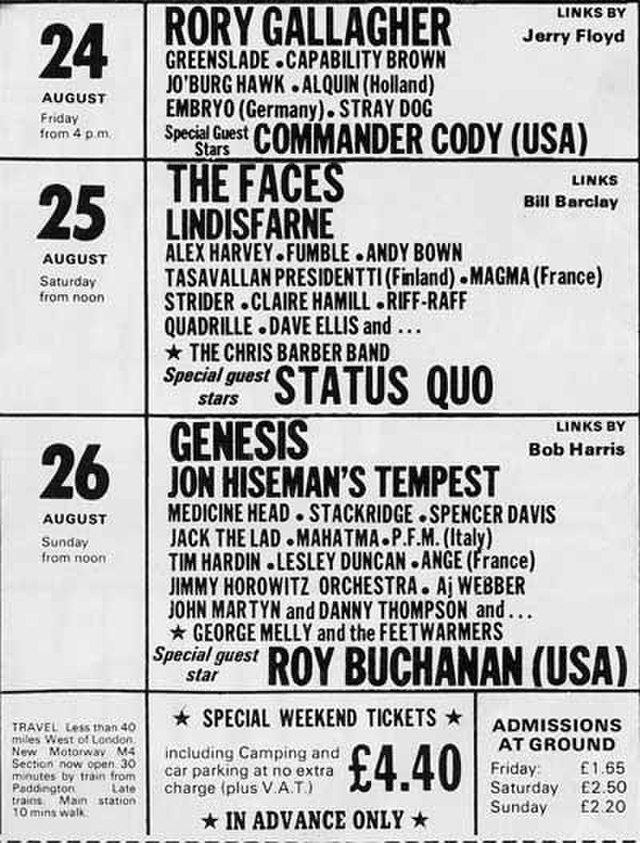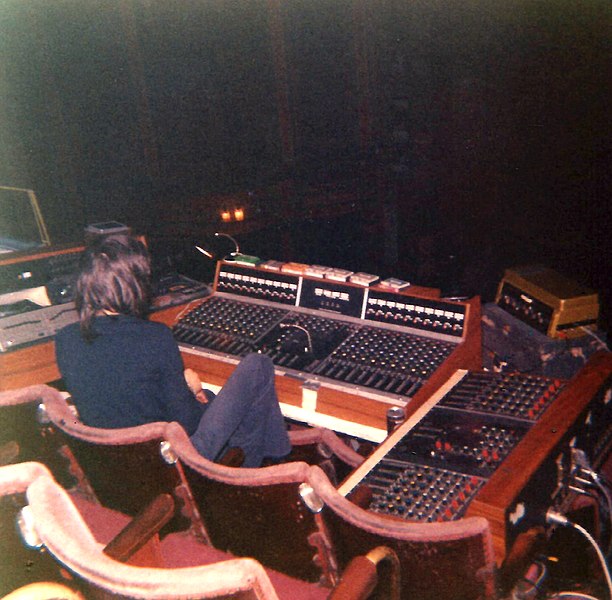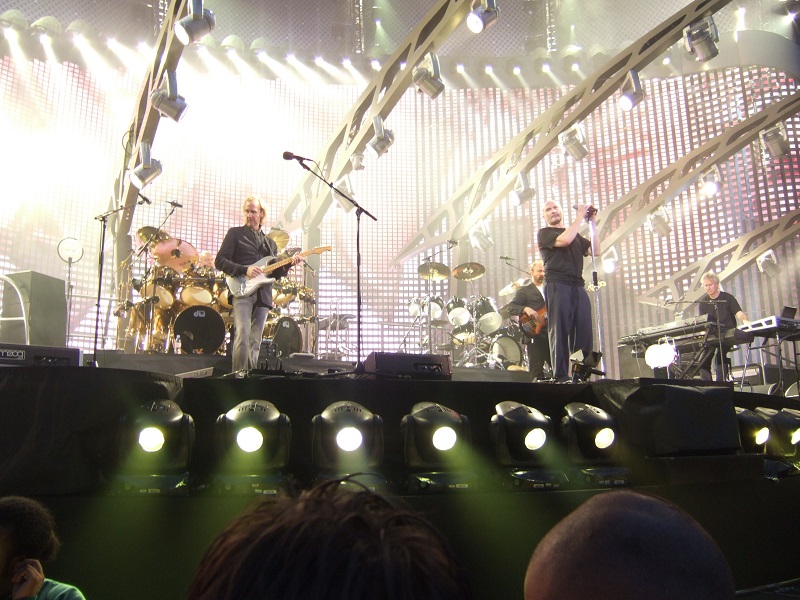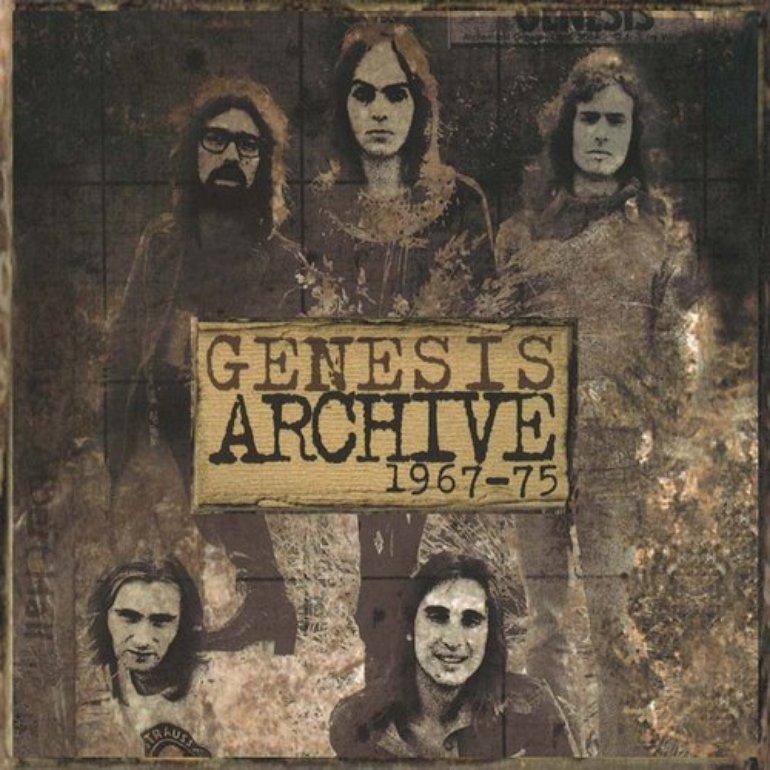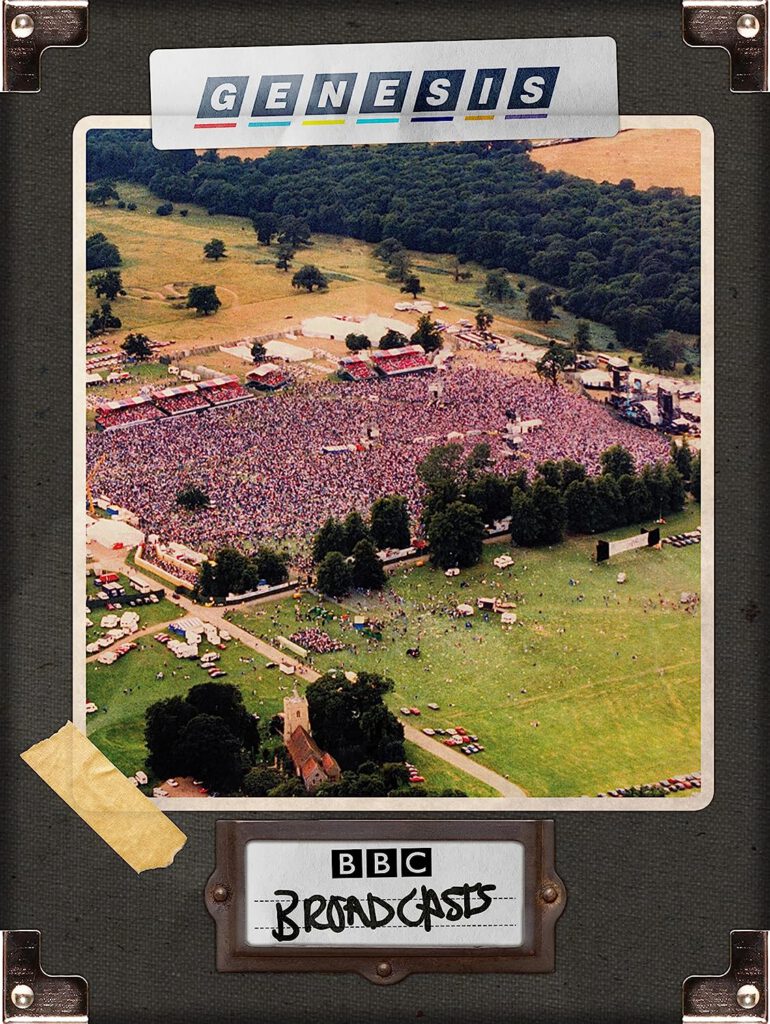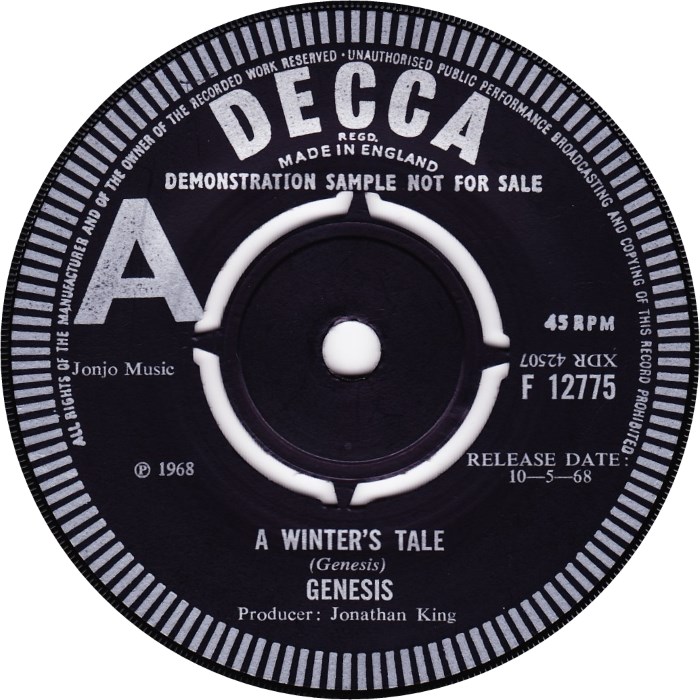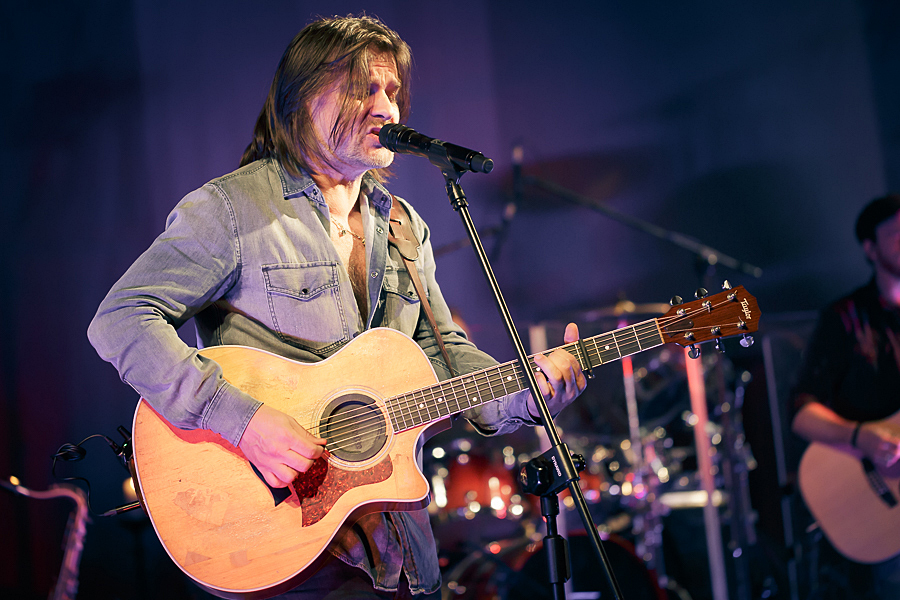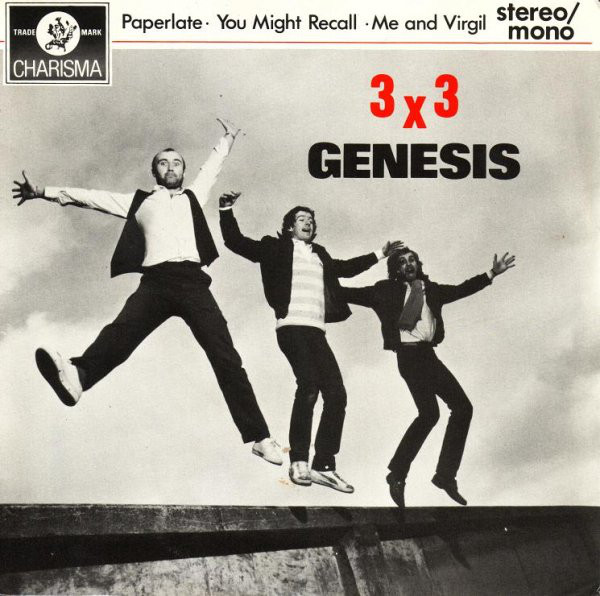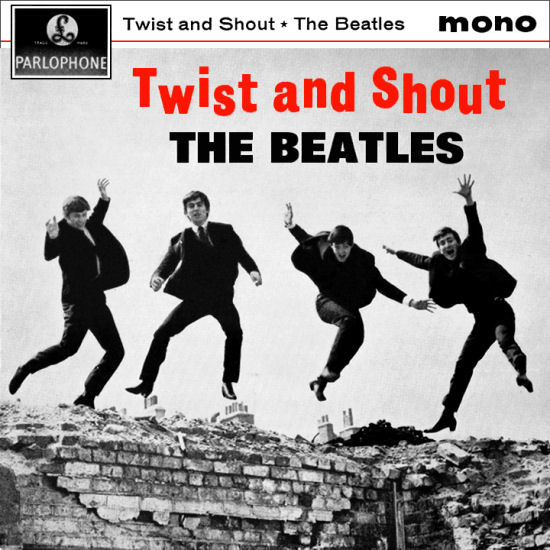On July 3, 1977, Genesis played the last show of their Wind And Wuthering tour and (unbeknown to them at that point) also the last show with lead guitarist Steve Hackett.
Wind And Wuthering
In December 1976, Genesis had released Wind and Wuthering, their second album since Peter Gabriel’s departure. The band had become a foursome the year before, drummer Phil Collins had taken over the vocal duties. He had proved that he could fill this role easily on the previous album A Trick of the Tail and the following tour in 1976.
By this point, keyboardist Tony Banks and guitarist/bassist Mike Rutherford were the main songwriters with Phil Collins being more of a player and arranger. Guitarist Steve Hackett felt that not enough of his material was used. He was frustrated about his role in the group and decided to leave Genesis after the 1977 tour.
The Wind & Wuthering tour
The band set out for a huge tour in 1977 that would lead them to South America for the first time and through Europe and the US. On drums, they were accompanied by American drummer Chester Thompson. It was his first tour with them and he would remain with the band as a live drummer until 2007 (with a short interruption in the 1990s).
Genesis reached a new peak in live performances and was voted ‘Best live group’ in 1977. This was captured in the double live album Seconds Out.
The last show
The last show of the tour (and also Steve Hackett’s last show as a member of Genesis) took place in the Olympiahalle, Munich, on July 3, 1977. They opened the set with ‘Squonk’ as they had done throughout most of the tour, then they played ‘One For The Vine’, a Banks composition from the new album. ‘Inside And Out’ from the recent EP Spot The Pigeon was added on some European dates and was also played in Munich. Among the highlights of the show were songs like ‘The Carpet Crawlers’, ‘I Know What I Like’ and ‘Supper’s Ready’, some of which had changed a lot since the days when Peter Gabriel sang them. Also, the band had started to play medleys on the tour before and continued to do so on the Wind & Wuthering tour. ‘Dance On A Volcano’ and ‘Los Endos’ were combined as well as ‘The Lamb Lies Down On Broadway’ and the closing section of ‘The Musical Box’. The band also played ‘Firth Of Fifth’ that night in which Steve plays the famous guitar solo. Neither the fans nor the band knew that they had witnessed him playing it live for the last time.
Steve leaves the band
Steve Hackett had been the first Genesis member to record a solo album. There, he included some of the music that was not used on Genesis albums. During the period as a four-piece-band, he wanted to have a certain percentage on each album for his own songs. The others disagreed; they were a democratic band. So he started recording solo albums and felt that his input on Genesis albums became less and less.
Also, when the band mixed the live album Seconds Out in July 1977, he could not stand listening to tracks like ‘I Know What I Like’ anymore after having played them for months at this point. Also, he felt that after playing shows with audiences of 20.000 people, there was nothing new to strive for. So one day he phoned Mike Rutherford and told him he wanted to leave. Mike knew that Steve had been unhappy in Genesis for some time, so he did not try to talk him out of it. Later that day or the following day, Phil Collins drove from West London to Trident Studios, where they mixed the live album. He passed Steve on the street and told him to jump into the car. Steve acted a bit oddly, said ‘Speak to Mike, he’ll explain’ and went off. When Phil arrived at the studio, Tony and Mike informed him that Steve had left the band.
The three remaining members then went on mixing Seconds Out and afterwards went into the studio to record their next album. They would remain a three-piece-band in the studio for the rest of their career and Steve Hackett would continue his career as a solo artist.
Title photo: Genesis Steve Hackett. Source: Wikimedia Commons, Jean-Luc / CC-BY-SA-2.5 (https://creativecommons.org/licenses/by/3.0). Originally posted to Flickr as Genesis.
*= affiliate link
